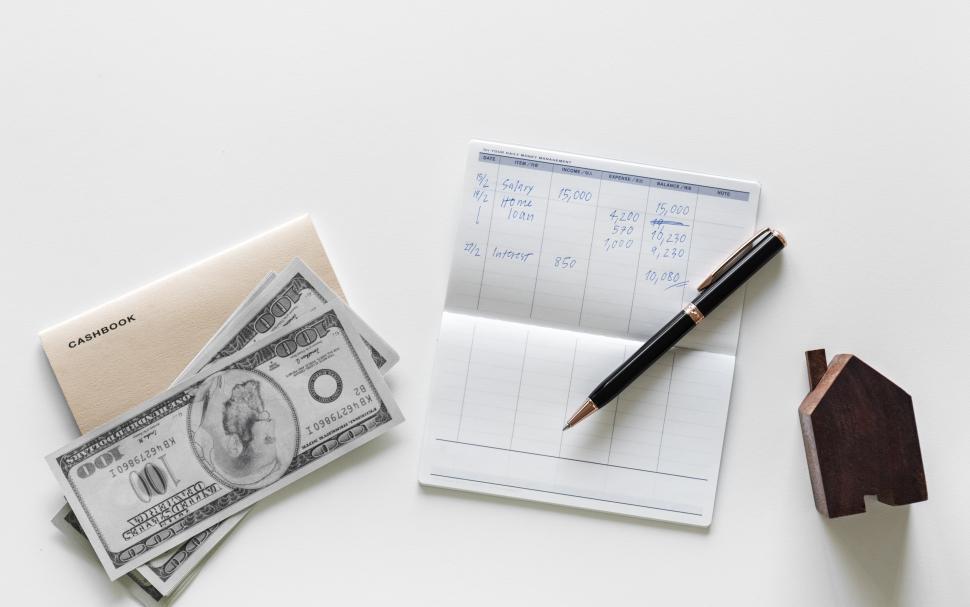Back pay is essentially past-due benefits that the Social Security Administration (SSA) pays to compensate for the time period during which they processed your application and benefits were not paid. Since many people receive benefits under both Social Security Disability Insurance (SSDI) and Supplemental Security Income (SSI), it’s natural to wonder whether they can receive backpay for both benefits as well.
If a person is approved for both SSI and SSDI, then they are often also entitled to the back payments for both of these benefits. However, it’s important to note that the back payments under both programs are calculated differently.
Read below as we describe in more detail how back payments for SSI and SSDI can be paid together.
Can You Get Both SSDI and SSI Back Pay?
Back pay is money that is paid to you for the time that you were eligible for Social Security Disability benefits but weren’t yet approved or receiving benefits. You get back pay for the time between the time you were disabled and the time you were approved for benefits, minus five months. SSDI recipients can begin to receive benefits starting the sixth month after their established onset date (EOD) due to a mandatory five-month waiting period maintained by the SSA.
It is possible to receive back payments for both SSI and SSDI. Backpay, also known as past-due benefits, is money that Social Security owes you for the time period before your claim was approved.
The approval process for Social Security benefits generally takes anywhere from three months to two years to complete, and during a few of those months, you may be eligible to receive back pay for the amount of your SSDI payment in addition to the extra SSI payment.
For example, let’s say that Social Security Disability Insurance will pay you $500 per month and Supplemental Security Income will pay you $361 per month. If it takes the Social Security Administration ten months to accept your claims, you may be eligible for back pay of up to $8,610.
How Does SSI Back Pay Work?
In most cases, the back payments for SSI or combined SSI and SSDI benefits are settled by Social Security in the form of an SSI back pay schedule with three equal payments, each of which is spaced out over a period of six months.
But if you are in need of the money for basic necessities (like shelter, food, and medical requirements) or to pay off debts for basic necessities, you may be eligible for bigger first and second SSI back pay installments.
You may also qualify for a one-time payment in the form of a lump sum if it is anticipated that your disability will result in death beyond the next 12 months or if you are not eligible for SSI benefits at the time that you get your back pay (and it is not anticipated that you will become eligible for benefits during the next 12 months).
Once approved, it will take about a month and a half before you start receiving back pay from Social Security Disability Insurance or Supplemental Security Income. It could come at any time before or after your first regular payment.
How Much Back Pay Will I Get from SSI?

It is not too difficult to determine how much back pay an SSI beneficiary is eligible to receive, but many people ask, “When does SSI back pay start?”. Unlike SSDI back pay, SSI back payments are not based on the date when the applicant’s health issue first surfaced. To calculate the total amount of your back pay, simply multiply your monthly benefit by the number of months that have gone by since the date of your initial application.
When calculating back pay amounts for SSDI beneficiaries, the Social Security Administration uses the “disability onset date” rather than the application date.
To give you an example, Sean, age 50, experienced symptoms similar to the flu and was out of work for many days as a result. Sean’s symptoms got so bad that he had to see a doctor. A comprehensive set of tests revealed that Sean suffered from lupus, an incurable autoimmune disorder.
Sean’s doctor officially diagnosed him on January 5. The SSA granted Sean’s SSDI application after eight months. Since Sean is qualified for SSDI, the Social Security Administration will determine his back pay based on the date his disability first started.
Before beginning to receive their regular benefits or any back pay, all Social Security Disability Insurance claimants must first satisfy a mandated waiting period of five months.
Those who have amyotrophic lateral sclerosis (ALS), however, are exempt from this rule. ALS is the only medical condition for which there is no waiting period.
When Will I Receive Disability Payments?

Those who are approved for Supplemental Security Income benefits will not receive their first payment until the first full month following the month in which they were approved for benefits.
If you apply for SSI on January 1 and are approved, you can expect to receive your first payment on February 1. However, this does not apply to those who have been labeled “presumptively disabled.” While their applications are being processed, they can start receiving benefits immediately.
When your Social Security Disability Insurance payments begin depends on a number of factors, including the date you became disabled, the date you applied for benefits, and the date you reached the mandatory five-month waiting period.
People with a diagnosis of amyotrophic lateral sclerosis do not have to wait the standard five-month SSDI waiting period.
Disability Onset Date
If you apply for Social Security Disability benefits, the day you applied will be considered your “alleged onset date.” If Social Security does not object to this date, it becomes your “established onset date” (EOD).
Your EOD is significant since it determines when you can start receiving benefits.
Social Security may move your “onset date” to a later point in time, reducing your back pay. If you were disabled for some time prior to the date on which you submitted your application for Social Security Disability Insurance, you may want to consider hiring an SSDI attorney to assist you in challenging your established onset date.
This will ensure that your onset date accurately reflects the day on which you actually became disabled and unable to work.
Waiting Period
When applying for Social Security Disability Insurance, you must wait the required waiting period. Benefits from SSDI won’t begin until five months have passed since your disability began. Disability payments will begin on the first day of the sixth month.
Date of Application
In most cases, retroactive payments will not extend any further than the 12-month period immediately before your application.
To conclude, it is possible to get both SSDI and SSI backpay, although the amounts of both will vary significantly.


